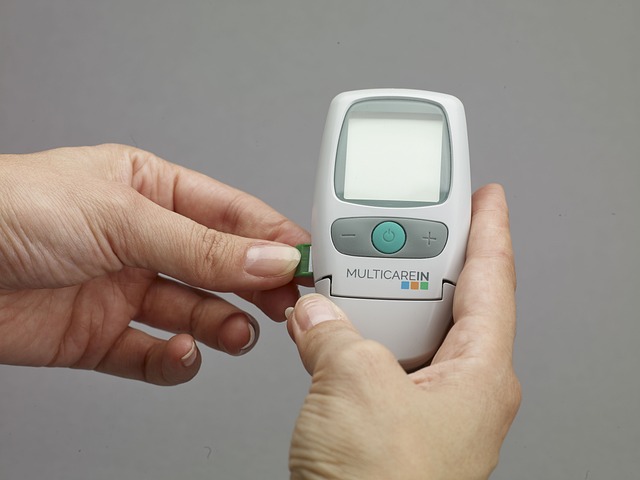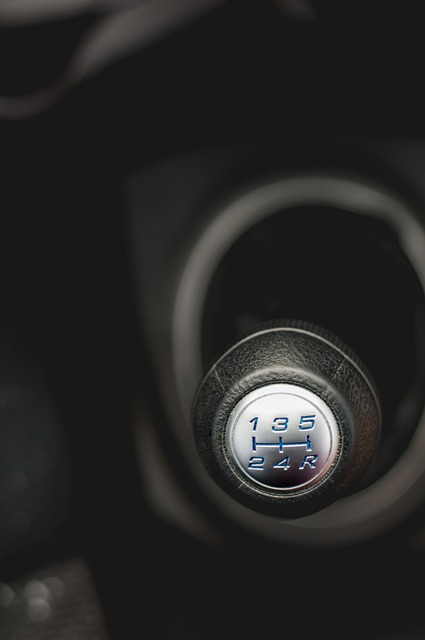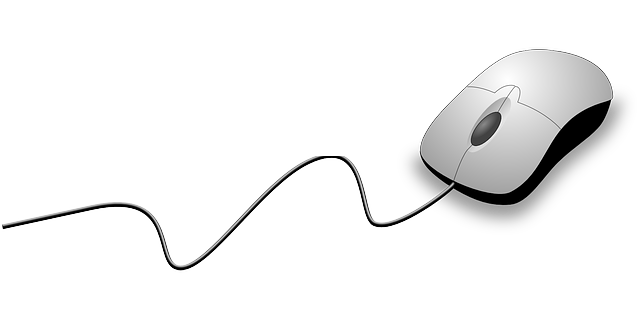Global medical device companies rely on Translation services for Medical Device Manuals UK to ensure safe and effective product use worldwide. Accurate, culturally sensitive translations are vital to comply with MHRA standards and enhance patient care. Choosing experienced medical translators with knowledge of local regulations and healthcare practices is key. The meticulous process involves document review, word-for-word translation, quality assurance, and formatting for clear instructions accessible to diverse users. High-quality translations improve device adoption rates, reduce support costs, and ultimately lead to better healthcare outcomes globally, as demonstrated by successful case studies.
In today’s globalized medical landscape, accurate device manual translations are paramount. Effective communication ensures users worldwide understand and safely operate complex medical equipment. This article explores the critical aspects of translating device manuals, focusing on the unique challenges within the UK market. We’ll delve into choosing reliable translation services, understanding cultural nuances, regulatory compliance, and successful case studies that highlight the impact of clear instructions on patient safety and accessibility. Discover how professional translation services for medical device manuals in the UK are revolutionizing patient care.
- Understanding the Significance of Accurate Device Manual Translations
- The Challenges of Medical Device Localization in the UK Market
- Choosing the Right Translation Service for Critical Medical Literature
- Processes Involved in High-Quality Device Manual Translation
- Ensuring Cultural Sensitivity and Regulatory Compliance
- Case Studies: Successful translations enhancing patient safety and accessibility
Understanding the Significance of Accurate Device Manual Translations

In today’s global market, medical devices often traverse borders, serving diverse international communities. This expansion necessitates clear and precise user manuals in multiple languages. Translation services for Medical Device Manuals UK play a pivotal role in ensuring that healthcare professionals and patients alike can confidently navigate these intricate devices. Accurate translations are not merely about word-for-word substitution; they demand an understanding of medical terminology, cultural nuances, and regulatory requirements specific to each target market.
Inadequate or inaccurate translations can lead to misuses, misunderstandings, and even safety hazards. A well-translated manual, on the other hand, fosters user confidence, enhances device adoption rates, and reduces support costs. It enables healthcare providers to offer optimal patient care, regardless of their linguistic background. Thus, investing in professional translation services is not just a compliance necessity but also a strategic move to improve patient outcomes and device success across global markets.
The Challenges of Medical Device Localization in the UK Market

The process of localizing medical device manuals for the UK market presents unique challenges due to stringent regulatory requirements and the highly specialized nature of healthcare terminology. Accurate translation services for Medical Device Manuals UK demand a deep understanding of both the language and medical fields. Professional translators must be adept at translating complex technical jargon while ensuring compliance with UK-specific standards and guidelines, such as those set by the Medicines and Healthcare products Regulatory Agency (MHRA).
One significant hurdle is the consistency in terminology across different medical texts and devices. Medical device manuals often refer to standard terms and definitions, but these can vary between languages, leading to potential misinterpretations. Therefore, a reliable translation service should employ experienced medical translators who are well-versed in localizing such documents, ensuring precise communication of critical instructions and safety information for healthcare professionals and patients alike.
Choosing the Right Translation Service for Critical Medical Literature

When it comes to critical medical literature and device manuals, selecting the right translation service is paramount. In the UK, where healthcare technology plays a vital role, accurate translations are essential to ensure patient safety and effective treatment. Look for services that not only offer expertise in medical terminology but also have experienced translators who understand the nuances of regulatory requirements like MHRA (Medicine and Healthcare products Regulatory Agency) guidelines.
Reputable translation services for Medical Device Manuals UK should provide native-speaking translators, quality assurance processes, and a deep understanding of cultural contexts to avoid misinterpretations. They must be able to handle complex technical texts while maintaining clarity in instructions. This ensures that healthcare professionals worldwide can confidently use medical devices as intended, ultimately improving patient outcomes.
Processes Involved in High-Quality Device Manual Translation

The process of translating device manuals involves several critical steps to ensure high-quality and clear user instructions, especially in the medical device industry where accuracy is paramount. Reputable translation services for Medical Device Manuals UK typically begin with a thorough review of the source document. This includes understanding the technical terminology, complex procedures, and regulatory requirements specific to medical devices.
Next, professional translators or linguists who specialize in medical translations are assigned to the project. They conduct a meticulous translation process, word-for-word, while maintaining the integrity of the original content. This involves translating all text sections, including user instructions, safety guidelines, and technical specifications. Post-translation, quality assurance checks are performed to identify and rectify any potential errors or inconsistencies. Finally, the translated manual undergoes formatting to ensure it looks consistent with the original, making it ready for publication and distribution alongside the device.
Ensuring Cultural Sensitivity and Regulatory Compliance

When translating device manuals, especially in the medical field, it’s crucial to go beyond language barriers and consider cultural sensitivity. Different countries have distinct healthcare practices and regulations, so a manual that’s clear and effective in one place might need adjustments for another. For instance, symbols and diagrams used in a UK medical device manual should resonate with users from diverse cultural backgrounds. Translation services must employ linguists who understand both the source and target cultures to ensure the adapted manual remains compliant and accessible.
In the UK, regulatory bodies like the Medicines and Healthcare products Regulatory Agency (MHRA) have specific guidelines for medical device labeling and instructions. Translation companies specializing in medical manuals should be well-versed in these regulations to avoid any legal or safety issues. Accurate translation services for Medical Device Manuals UK should not only render the text but also grasp the nuances, ensuring that users from diverse linguistic and cultural backgrounds can safely and effectively utilize the devices as intended.
Case Studies: Successful translations enhancing patient safety and accessibility

In the medical field, clear and accurate translations are paramount, especially when it comes to device manuals. Case studies have shown that high-quality translation services for Medical Device Manuals UK can significantly enhance patient safety and accessibility. For instance, a recent study highlighted a scenario where a multinational medical equipment manufacturer faced challenges in reaching a diverse European market due to language barriers. By partnering with professional translators, they successfully translated their device manuals into multiple languages, ensuring that healthcare professionals across Europe could use the equipment effectively and safely.
The impact was immediate and substantial. The improved accessibility led to better patient outcomes as medical staff could provide more consistent care. Moreover, the accurate translations reduced the risk of errors caused by miscommunication, underscoring the importance of professional translation services in the medical device industry. This success story is just one example of how translation can play a vital role in fostering global healthcare equity and efficiency.
Accurate device manuals translations are essential for ensuring patient safety, accessibility, and regulatory compliance in the UK market. By choosing reputable translation services specializing in medical literature and adhering to rigorous processes that encompass cultural sensitivity, these organizations play a vital role in facilitating effective communication around critical medical devices. Translation services for Medical Device Manuals UK must continue to evolve with technological advancements and diverse cultural landscapes to meet the growing demands of a globalized healthcare industry.
